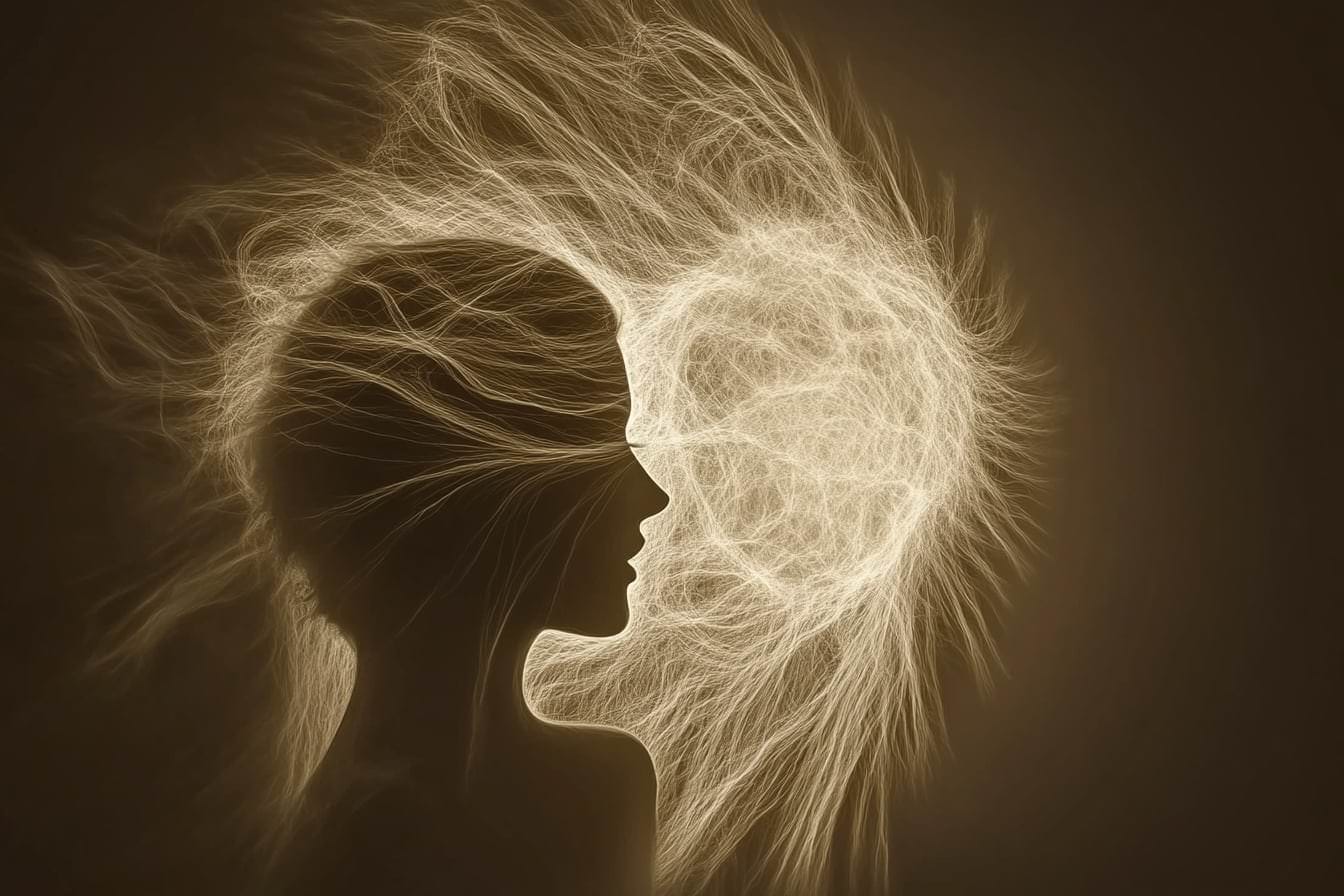Nobel Prize Awarded to AI Pioneers Hinton and Hopfield

AI Researchers Geoffrey Hinton and John Hopfield Win Nobel Prize in Physics
The world of artificial intelligence (AI) is celebrating the news that Geoffrey Hinton and John Hopfield have won the 2024 Nobel Prize in Physics. This award signifies the growing recognition of AI as a fundamental field with profound impacts on both science and everyday life. In this blog post, we explore the groundbreaking work of these researchers, the reasons behind this historic award, and its implications for the future of AI. Read the original article on Ars Technica here.
Leaders in Neural Networks
The Nobel Prize awarded to Hinton and Hopfield honors their pioneering contributions to the field of neural networks. John Hopfield is renowned for developing "Hopfield networks," a type of recurrent neural network that revolutionized our understanding of associative memory in the brain. His work in the 1980s laid the groundwork for networks capable of storing and retrieving patterns of information.
Geoffrey Hinton is widely regarded as one of the founders of modern AI. His research on deep learning and backpropagation has been instrumental in driving the recent AI revolution. Backpropagation, an algorithm that allows neural networks to learn by adjusting their internal parameters, has enabled the training of complex deep learning models. Hinton's work has paved the way for AI applications like language translation, image recognition, and much more.
Why the Nobel Committee Chose AI Research
While the Nobel Prize in Physics is often associated with discoveries in traditional physics like quantum mechanics or particle physics, this year's recognition of Hinton and Hopfield highlights the increasing importance of machine learning using artificial neural networks. The Nobel Committee recognized their contributions to computational and statistical physics, acknowledging how AI is transforming our ability to model and understand complex systems.
AI has become an essential tool for modeling phenomena like weather patterns and molecular interactions. By leveraging sophisticated algorithms and vast datasets, AI complements traditional physics, providing new avenues for analysis and prediction in areas that involve complex systems with many interacting components. This recognition underscores the growing synergy between physical sciences and computational technologies.

The Impact on the AI Community
The Nobel Prize is among the most prestigious accolades a researcher can receive, and awarding it to AI researchers has a profound impact on the field. This award not only celebrates the decades of dedicated work by Hinton and Hopfield but also solidifies AI as a mature and impactful scientific discipline. Their research has already permeated everyday technologies, powering voice assistants like Siri and Alexa, enabling advancements in self-driving cars, and revolutionizing medical diagnostics.
This recognition is likely to foster further interdisciplinary collaborations. AI is already being integrated with physics and biology to drive breakthroughs in areas like protein folding, genomics, and quantum simulations. This endorsement from the Nobel Committee may encourage more scientists from traditional fields to engage with AI, accelerating progress across multiple domains.
Hinton's Role in AI Education
Geoffrey Hinton's contributions to AI extend beyond his research to his dedication to education and mentorship. He has played a pivotal role in training many of today's leading AI researchers, including Yann LeCun and Ilya Sutskever. Through his work at the University of Toronto and Google, Hinton has cultivated an environment that nurtures AI research and fosters innovation. Winning the Nobel Prize further amplifies his influence in the AI community, solidifying his legacy not only as a technological innovator but also as a builder of the next generation of AI leaders.
Challenges and Opportunities for the Future
While the Nobel Prize marks a significant milestone, it also serves as a reminder of the ongoing challenges in AI. Ethical concerns surrounding AI deployment, potential biases embedded in data, and the risks of over-reliance on machine intelligence remain critical issues. Both Hinton and Hopfield have emphasized the importance of responsible AI development, and this recognition further underscores the need to address these concerns proactively.
The award also prompts reflection on the future directions of AI research. While the Nobel Committee's decision recognizes both theoretical and applied contributions, it encourages a balanced approach where fundamental understanding and practical applications go hand in hand.
A Historic Moment for AI and Science
By awarding Hinton and Hopfield the Nobel Prize in Physics, the committee has affirmed that AI is not merely a tool but a powerful new lens for scientific discovery, capable of unlocking some of the universe's deepest mysteries. AI is now being harnessed in traditional scientific domains, aiding in the discovery of exoplanets, mapping intricate brain connectomes, and simulating complex physical phenomena.
This moment is significant not only for AI but for science as a whole. By recognizing the role of AI in advancing our understanding of the physical world, the Nobel Committee signals the emergence of AI as a cornerstone of modern scientific inquiry. This award for Hopfield and Hinton sets a high bar for the future of AI and its continued integration with the natural sciences.
A watershed moment for AI
The Nobel Prize awarded to Geoffrey Hinton and John Hopfield is a watershed moment for AI, marking its formal recognition as a driving force in scientific discovery. Their work has not only propelled technological advancements but has also reshaped our understanding of learning, memory, and complex systems. This recognition by the Nobel Committee underscores the profound impact of AI on science and society, opening up exciting new frontiers for research and innovation.
For more information on the details of this award, you can read the original article from Ars Technica here.



